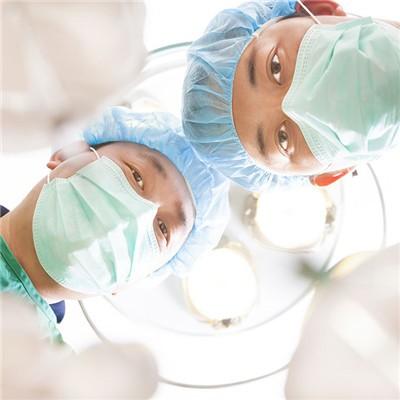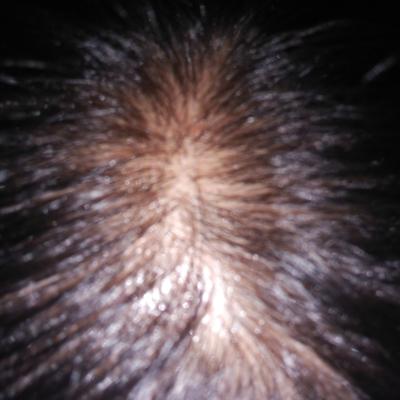What is the usage of Kawasaki disease and c-ball?
summary
Kawasaki disease is a syndrome of vasculitis. Most of them are 2-4-year-old children, and most of them are boys. Kawasaki disease was first discovered by a Japanese medical scientist named Kawasaki. Kawasaki disease is the main cause of coronary artery disease in children, and it is also a potential risk factor of coronary heart disease in adults. In the treatment of Kawasaki disease, gamma globulin should be injected within 10 days of onset. Early injection of gamma globulin can rapidly reduce the temperature of children, effectively prevent coronary artery damage and complications.
What is the usage of Kawasaki disease and c-ball?
Gamma globulin, also known as "immunoglobulin", is a passive immunotherapy. In fact, the immunoglobulin contains a large number of antibodies to the recipient, making it from low or no immune state quickly to temporary immune protection state. Therefore, immunoglobulin products have a certain role in the prevention of bacterial and viral infection

The usage of Kawasaki disease gamma globulin is that the total dosage is 2G / kg body weight. There are many methods, which can be given by stages or by large amount at one time. But according to the child's situation, the amount of specific listen to the doctor, with aspirin and other drug treatment.

For children with no effect of gamma globulin treatment, hormone can be used for treatment. Hormone is helpful to reduce body temperature, reduce inflammatory reaction and shorten hospital stay. However, when using hormone, we should pay attention to the adverse reactions caused by hormone and adjust the medication in time.

matters needing attention
Baby suffering from Kawasaki disease, as parents must understand that the prognosis of the vast majority of Kawasaki disease is good, so do not worry. But after the treatment of Kawasaki disease improved, parents must pay attention to follow-up work, regular inspection. Especially for the examination of coronary artery. In clinic, some doctors require children to have a health examination every six months or a year until adulthood.

















